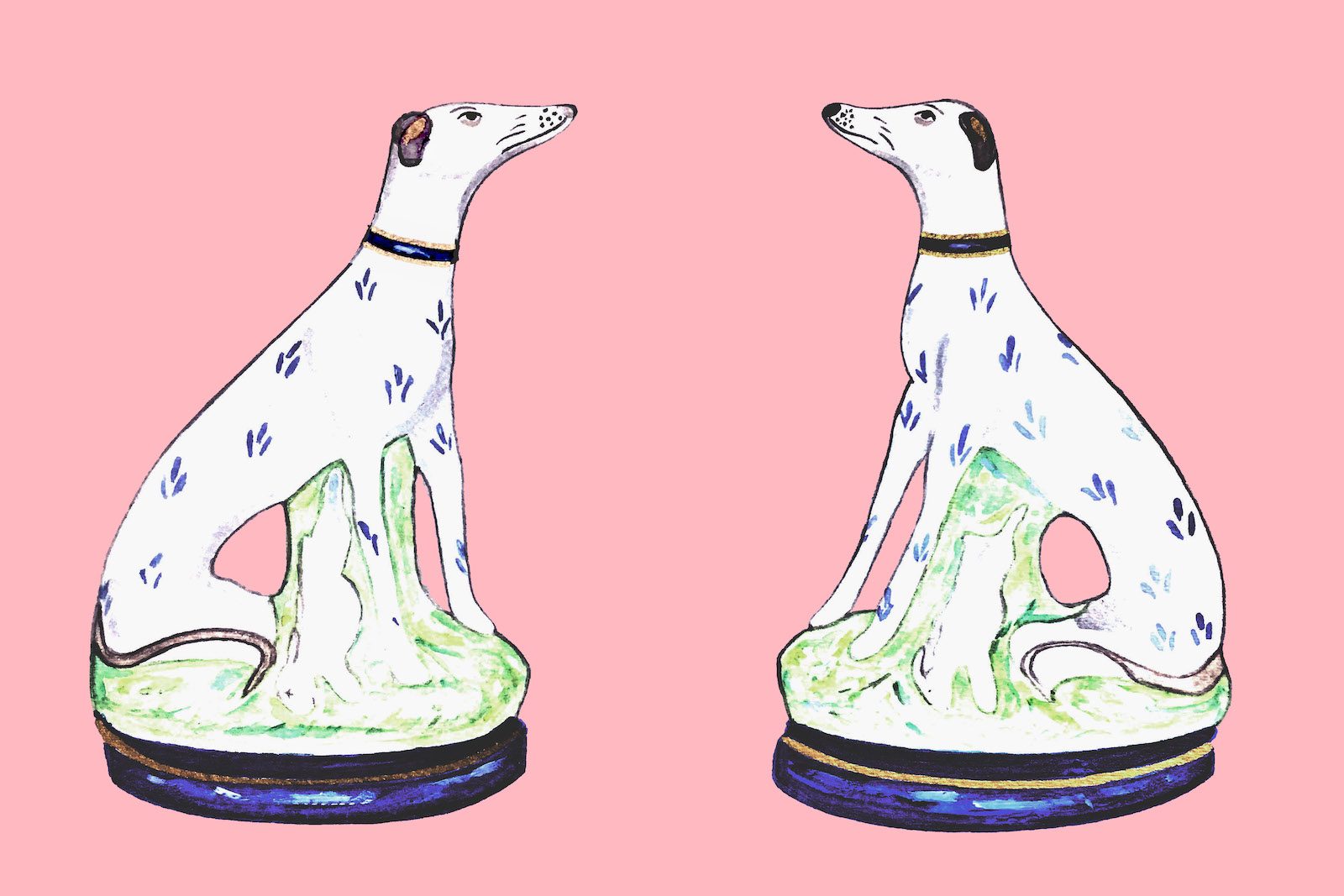Welcome back to our monthly series Ask Angella, where we do exactly that.
If you’ve ever had a potentially sensitive creative question, we want you to throw it our way so that we can hand it over to Angella: our resident art writer, expert, and all-around kind, funny and wise human being. Here’s the question we’ll tackle this month:
“I want to work on a collaboration, but they seem kind of tricky. How can I do something creative with another person without wanting to scream?”
Working in a team can be heaven or hell, depending on your compatibility, communication, vibes, the temperature, the stars’ alignment etc etc. When you have a good thing going with someone else, it feels like nothing can stop you, but when things are rough, it’s enough to make you want to quit the project entirely no matter how cool it is. Whatever type of collaboration you have or want to have, there are some key elements to help things run smoothly. No one wants to see a project fail and like any relationship in life, a creative collaboration takes maintenance.
Find the right partner
The best collaborations happen naturally. According to Shannon Byrne at The Creative Independent, finding the right collaborator is a matter of trusting your gut intuition. The first time I met my friend and future collaborator Megan, we spent the night laughing, eating pizza, and most importantly, coming up with ideas. Soon we realized that we were coming up with incredible inspiration for project proposals every time we hung out and from there our collaboration began. It was natural. What I love most about working with Megan is her willingness to make any idea, no matter how wild, a reality. We may have ate shit a few times because we dreamed a little too big, but we fell together and got back up and dusted each other off. Look for a partner who is as excited about your ideas as you are, who has compelling feedback, and who energizes and encourages you. You want someone who will pick up slack for you when you’re worn out, who compliments your working style, and someone who you deeply respect.
Make peace with letting go of creative control
Sometimes two heads are better than one. Often a project makes more sense with two or more people working on it. With a collaborator, one person’s weak spot is a chance for someone else to shine. While it’s good to set goals, it’s crucial to allow an idea to evolve to its highest potential rather than clinging to what you thought it would be. Be willing to loosen your grip and follow the project wherever it wants to go. It might take you someplace you hadn’t anticipated.
Set your boundaries early on
Boundaries can be intimate and constraints can be creative opportunities; without either a project can become messy. Identify your limits and communicate them in a clear and direct way. If you have other priorities that need to come first, speak up. If there is something that you can’t handle, say so. Think things through and talk to your collaborator. Set expectations early and stick to them. A good partner will do their best to understand and work with you rather than against you.
Be confident in what you bring to the table
A project can’t thrive without both parties giving their best. Envision what the project needs and visualize where you’ll shine and ask your partner what they see themselves contributing. If it helps, make a physical list or a google doc with what each person will handle and by when. You know exactly what you’re good at and what you’d like to improve on so make sure your partner knows, too! You may even discover a hidden talent you didn’t realize you had by working with someone else.
Keep the lines of communication open
Any healthy relationship relies on open communication to strengthen it. Being able to express yourself to your partner is crucial to the success of your collaboration. It’s easy to mistake passivity for amicability. In the past I know I’ve definitely failed to speak up when something bothered me or I felt there was a smarter solution for a problem in an effort to be “easy” to work with. If direct communication is difficult for you, write down exactly what it is you want to communicate and practice saying it out loud with yourself. I do this! There’s no shame in a rehearsed statement and it gets easier in the long run. Likewise if your collaborator comes to you, be willing to listen and work on a solution together. You look out for your partner, and your partner looks out for you.

Comments